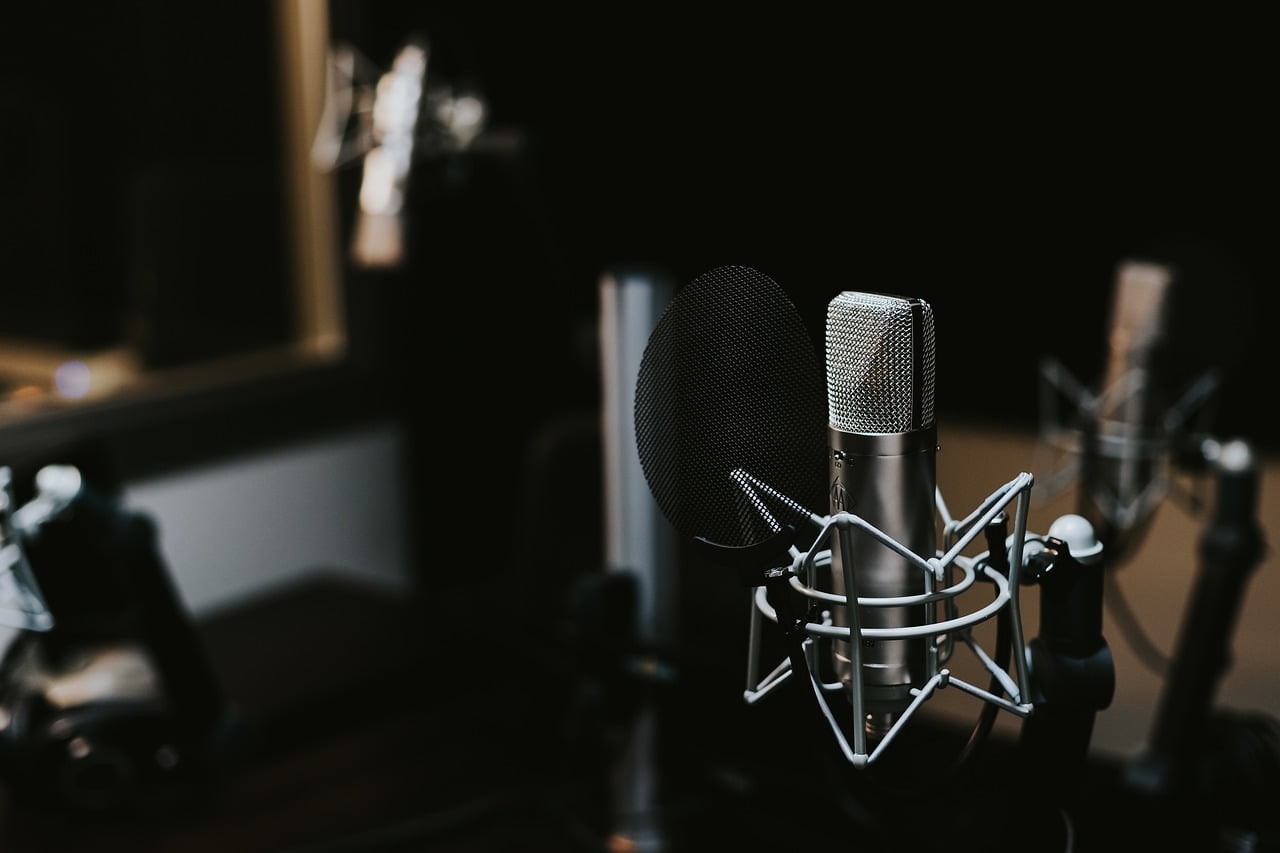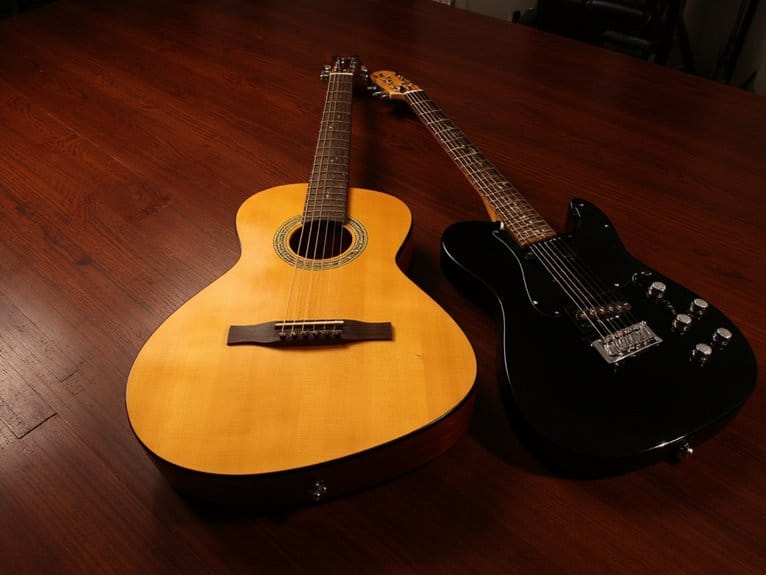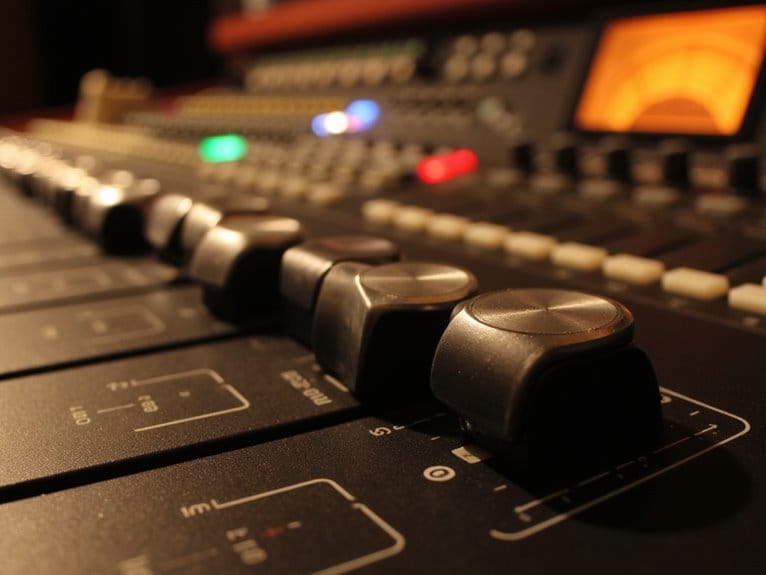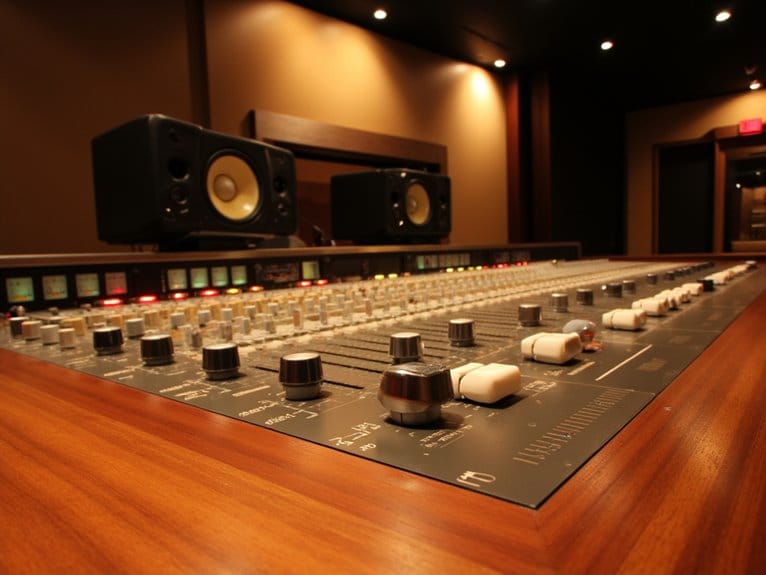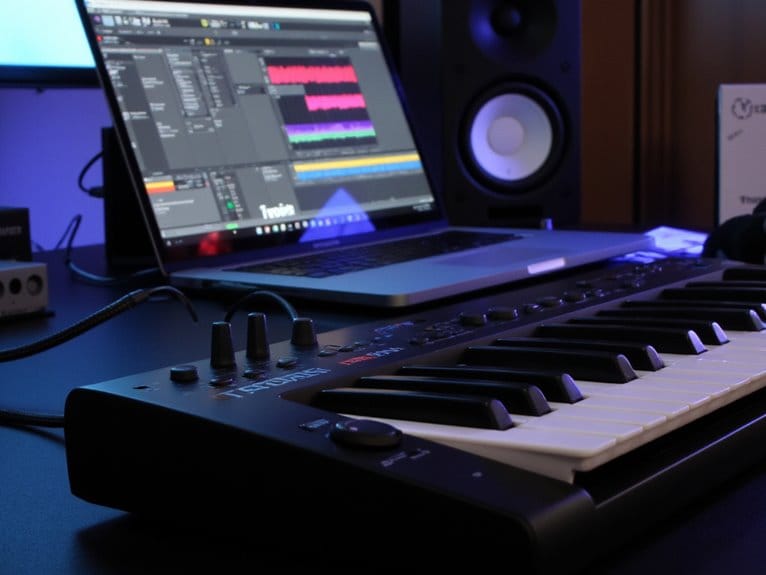Cable Management in Studio Furniture: Taming the Cable Jungle
Hey there! Are you tired of diving into a tangled mess of cables every time you step into your studio? Well, fret no more, because we've got your back! In this article, we're going to dive into the wonderful world of cable management in studio furniture, and we'll help you conquer that cable jungle once and for all. Trust us, it's going to be a game-changer.
We are supported by our audience. When you purchase through links on our site, we may earn an affiliate commission, at no extra cost for you. Learn more.
Let's start by talking about why organized cables are so important. Picture this: you're in the middle of an intense recording session, and suddenly you need to swap out a cable. But uh-oh, you can't find the right one among the chaos! Talk about a buzzkill, right? That's where cable management swoops in to save the day. By keeping your cables organized, you'll always know exactly where each one is, saving you time and frustration.
Now, let's dive into some practical tips and tricks. One of the most effective ways to keep your cables in line is by using cable sleeves and clips. Think of them as the superheroes of cable management – they neatly bundle your cables together, preventing them from getting tangled and creating a mess. Plus, they give your studio furniture a sleek and professional look. It's a win-win situation!
But wait, there's more! Another crucial aspect of cable management is labeling and identifying your cables. Trust us, once you start labeling your cables, you'll wonder how you ever survived without it. Imagine being able to instantly spot which cable connects to which device, without having to play the guessing game. It's like having a secret decoder ring for your studio. So grab some label tape or color-coded tags and get ready to bring order to the chaos.
So, my friend, are you ready to bid farewell to clutter and say hello to a clean and efficient workspace? We sure hope so! Cable management in studio furniture is like the secret ingredient that takes your studio to the next level. It's like a magician pulling a rabbit out of a hat, transforming your messy cables into a well-organized masterpiece.
Remember, don't be tempted to copy and paste solutions from external sources. Let your creativity shine through as you develop your own innovative cable management strategies. This is your chance to make your mark and create a cable management system that perfectly suits your needs.
Alright, it's time to roll up those sleeves (pun intended) and dive into the world of cable management. Get ready to conquer that cable jungle and transform your studio into a clutter-free haven. Let's do this!
The Importance of Cable Management
You need to understand the significance of properly managing cables in your studio furniture. Cable management plays a crucial role in maintaining a clean and organized workspace, allowing for efficient workflow and preventing potential hazards. By keeping your cables neatly organized and secured, you can avoid tangles, tripping hazards, and accidental disconnections. Proper cable management also improves the overall aesthetic of your studio, creating a professional and polished look. Additionally, it facilitates easy accessibility and troubleshooting, saving you time and frustration. Investing in cable management solutions like cable trays, cable sleeves, and cable clips will not only improve the functionality and safety of your studio but also enhance your creative process. So, take control of the cable jungle and unleash your innovative potential.
Understanding the Cable Layout in Your Studio
To gain a clear understanding of the cable layout in your studio, start by identifying the specific types and quantities of cables you will be working with. This step is crucial as it allows you to plan and organize your cable management system effectively. Take inventory of all the cables you have, such as audio, power, and data cables, and determine their lengths and connectors. Consider the different devices and equipment in your studio that require connectivity. Once you have a comprehensive list, you can begin mapping out the cable paths and connections. This will help you visualize the layout and ensure that each cable is properly routed and secured. Understanding the cable layout in your studio is essential for efficient workflow and preventing cable clutter.
Organizing Cables With Cable Sleeves
To effectively tame the cable jungle in your studio furniture, utilize cable sleeves for organizing your cables. Cable sleeves are a practical and innovative solution for keeping your cables neat and organized. These sleeves are designed to enclose multiple cables, preventing them from tangling and creating a mess. With cable sleeves, you can easily identify and access the cables you need without the hassle of untangling them. They also provide protection against damage and wear, ensuring the longevity of your cables. Cable sleeves come in various sizes and materials, allowing you to choose the most suitable option for your specific needs. By incorporating cable sleeves into your cable management strategy, you can create a clean and efficient workspace, free from the chaos of tangled cables.
Utilizing Cable Clips for a Clutter-Free Workspace
Cable clips offer a practical solution for achieving a clutter-free workspace in your studio furniture. These innovative clips are designed to securely hold cables in place, preventing them from tangling or becoming a tripping hazard. With cable clips, you can neatly route your cables along the edges of your studio furniture, keeping them organized and out of sight. These clips are easy to install and can be attached to various surfaces, such as walls, desks, or cabinets. They come in different sizes and colors, allowing you to choose the ones that best suit your studio furniture and aesthetic preferences. By utilizing cable clips, you can create a clean and organized workspace, promoting productivity and reducing distractions.
Tying and Bundling Cables for Easy Access and Maintenance
Once you have secured your cables with cable clips, it's time to tie and bundle them for easy access and maintenance. Tying and bundling cables not only helps to keep your workspace organized but also makes it easier to identify and access specific cables when needed. To start, gather all the cables you want to tie and bundle together. Use cable ties or Velcro straps to secure the cables tightly, ensuring they are not too loose or too tight. Make sure to leave some slack in the cables to allow for flexibility and movement. Group cables based on their function or location to further enhance organization. Finally, label each bundle with identifying tags or color-coded labels for quick and easy identification. By tying and bundling your cables, you can streamline your workspace and improve maintenance efficiency.
Solutions for Managing Power Cables in Studio Furniture
Now that you have tied and bundled your cables for easy access and maintenance, it's time to explore solutions for efficiently managing power cables in your studio furniture. One innovative solution is to use cable management systems specifically designed for studio furniture. These systems typically consist of power strips with built-in cable management features, such as cable clips or hooks, that help keep your power cables organized and out of the way. Additionally, some power strips come with retractable cables, allowing you to extend them when needed and retract them for a cleaner look. Another option is to use cable sleeves or cable raceways, which are flexible tubes or channels that can be attached to the underside or back of your furniture to neatly conceal and route your power cables. These solutions not only improve the aesthetics of your studio furniture but also eliminate the risk of tripping over loose power cables.
Strategies for Labeling and Identifying Cables
To effectively manage your cables in studio furniture, it is important to implement strategies for labeling and identifying them. By utilizing proper labeling techniques, you can easily identify cables and reduce confusion and frustration. One strategy is to use color-coded labels or tape to differentiate cables based on their function or destination. For example, you can use red labels for power cables and blue labels for audio cables. Additionally, using cable labels with unique identifiers, such as numbers or letters, can make it easier to trace specific cables when needed. Another strategy is to use cable management solutions that include built-in labeling systems, such as cable sleeves or clips with integrated label holders. These solutions not only keep cables organized but also provide a clear way to identify them. Incorporating these labeling and identification strategies into your cable management system will help you maintain a tidy and efficient studio space.
Maintaining a Clean and Efficient Cable Management System
How can you ensure a clean and efficient cable management system in your studio furniture? The key to maintaining a tidy and effective cable management system lies in a few simple practices. First, make use of cable ties or Velcro straps to bundle and secure your cables together. This will prevent them from tangling or becoming tangled with other equipment. Additionally, consider investing in cable management accessories such as cable clips or cable sleeves to further organize and conceal your cables. Regularly inspect your cables for wear and tear, and replace any damaged cables immediately. Finally, don't forget to label your cables for easy identification. By following these steps, you can create a clean and efficient cable management system that will enhance the functionality and aesthetics of your studio furniture.
Conclusion
In conclusion, effective cable management is crucial for maintaining a clean and efficient workspace in your studio. By understanding the layout of your cables, organizing them with cable sleeves and clips, and tying and bundling them for easy access and maintenance, you can eliminate the cable jungle and create a clutter-free environment. Additionally, utilizing strategies such as labeling and identifying cables will further enhance your cable management system. Stay organized and keep your studio furniture cable-free for a more streamlined and productive workflow.

